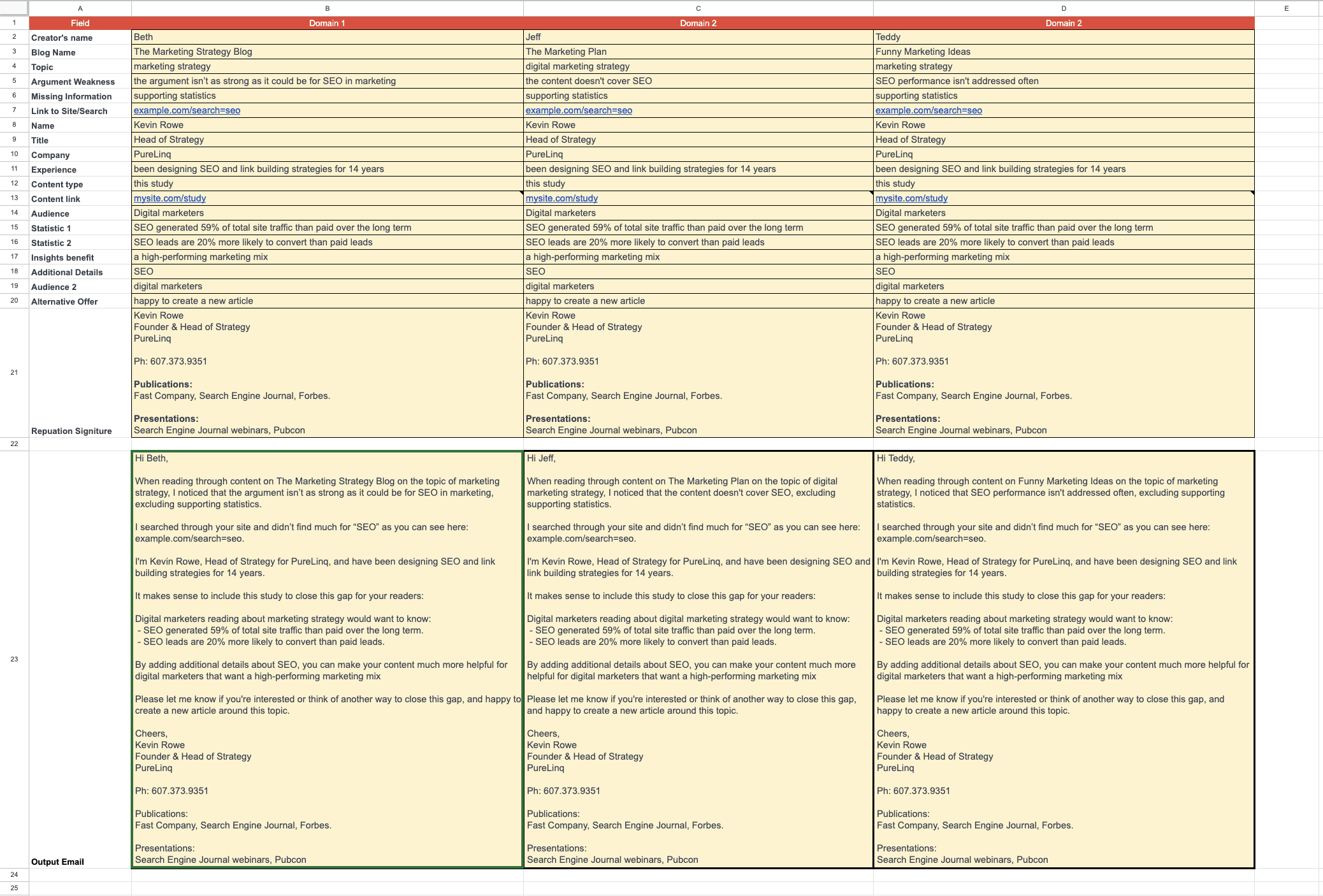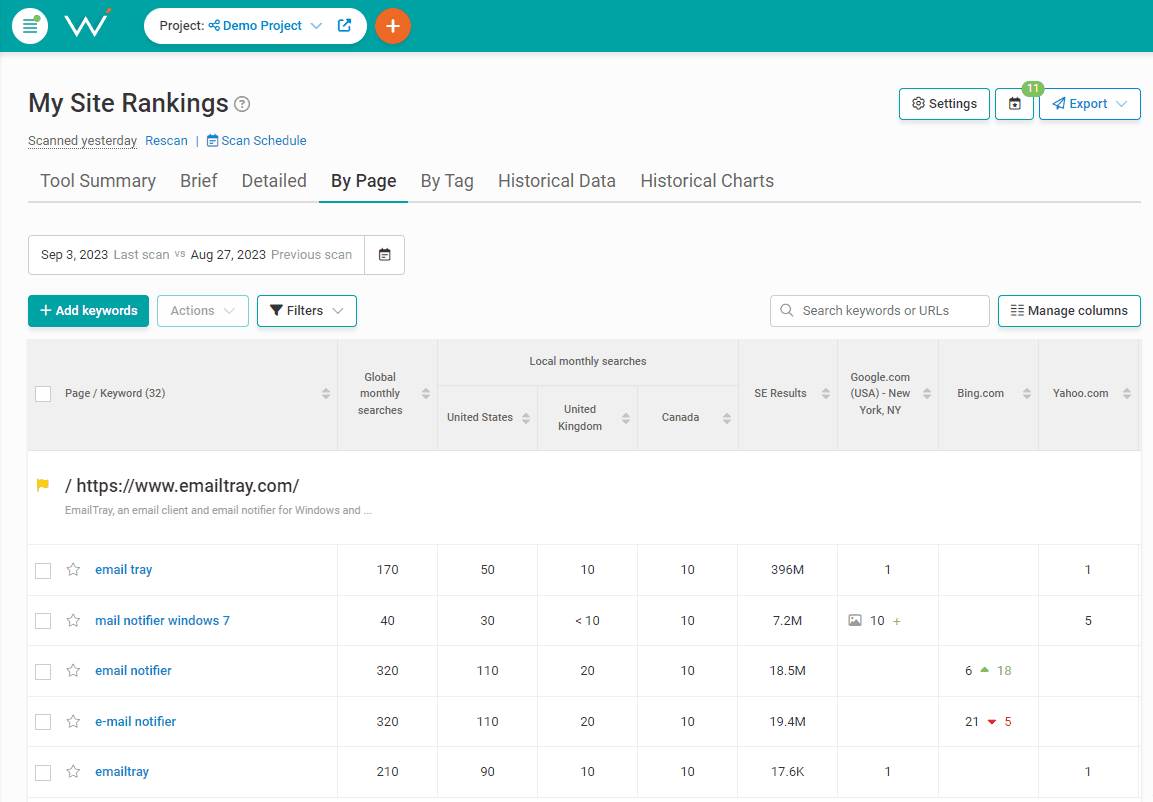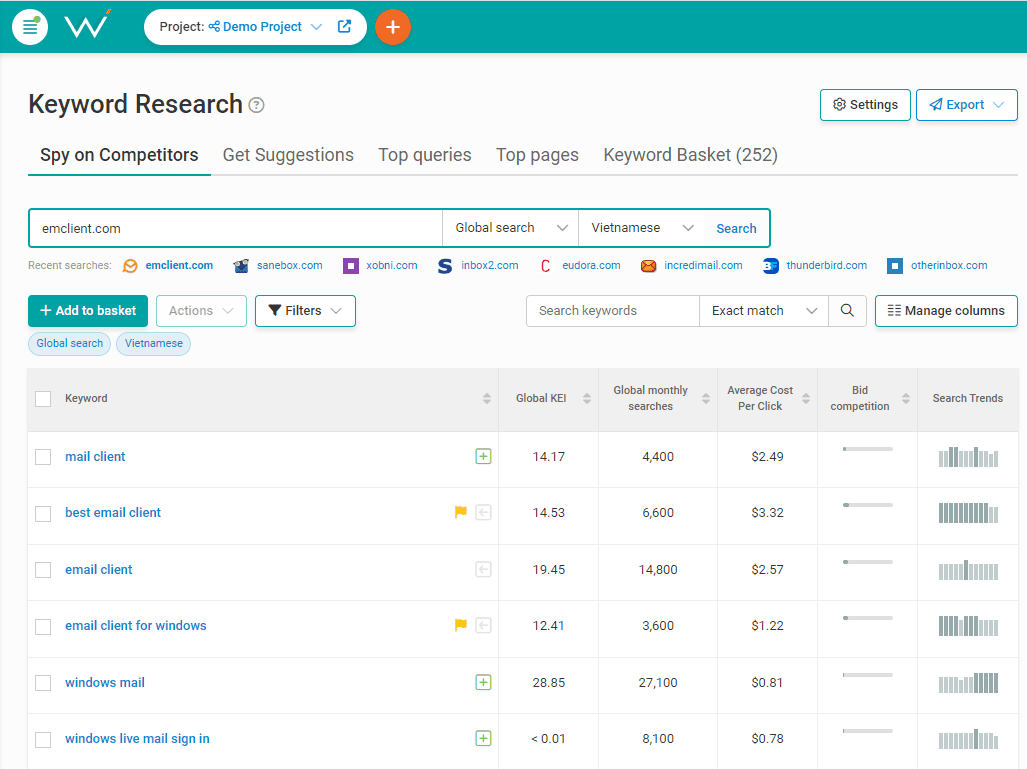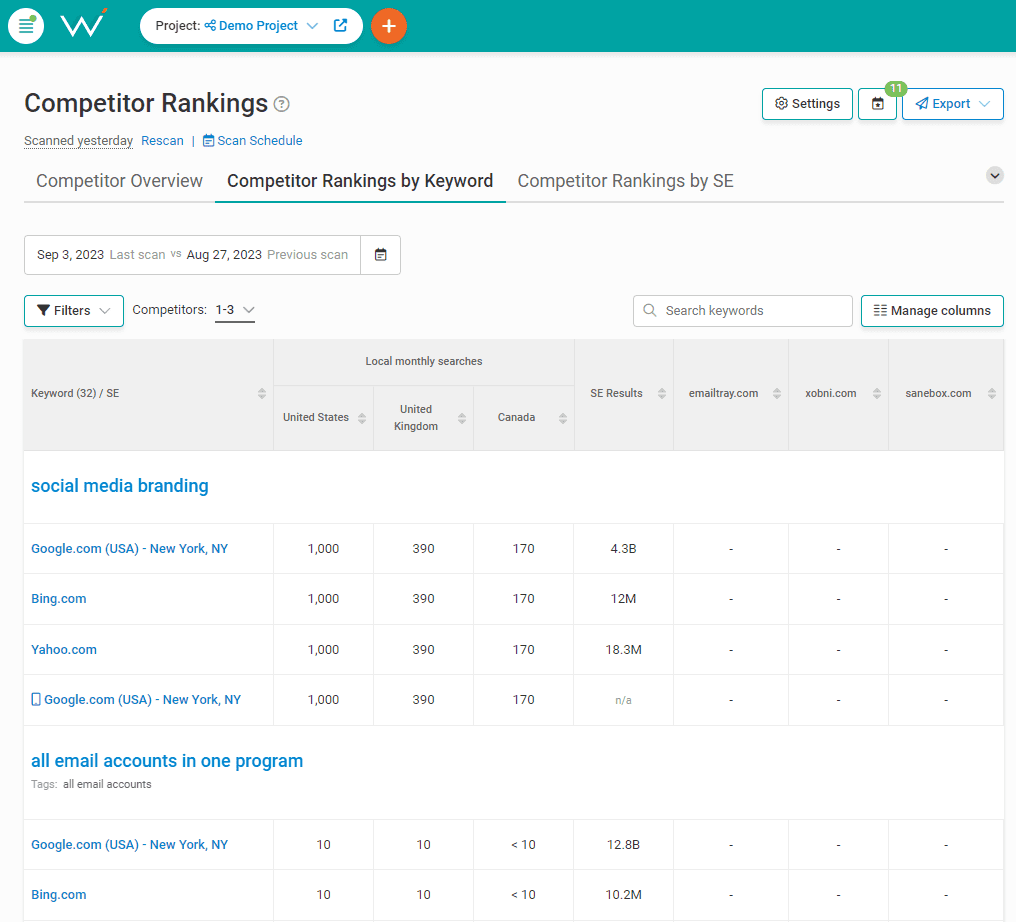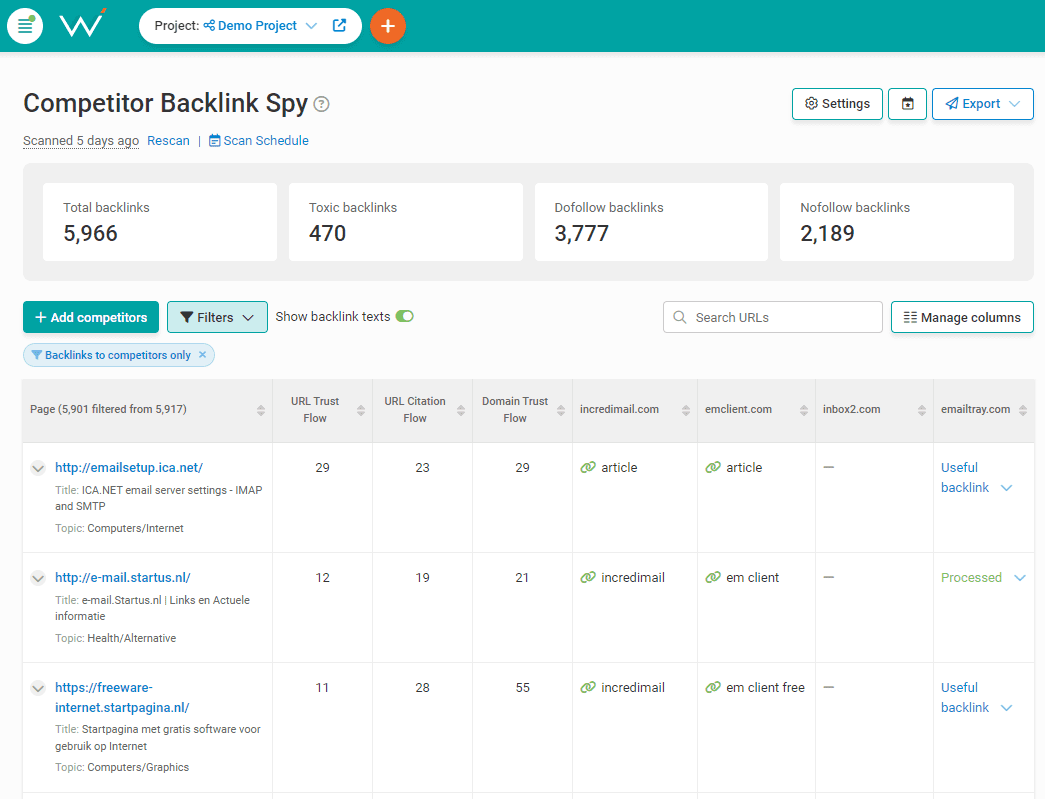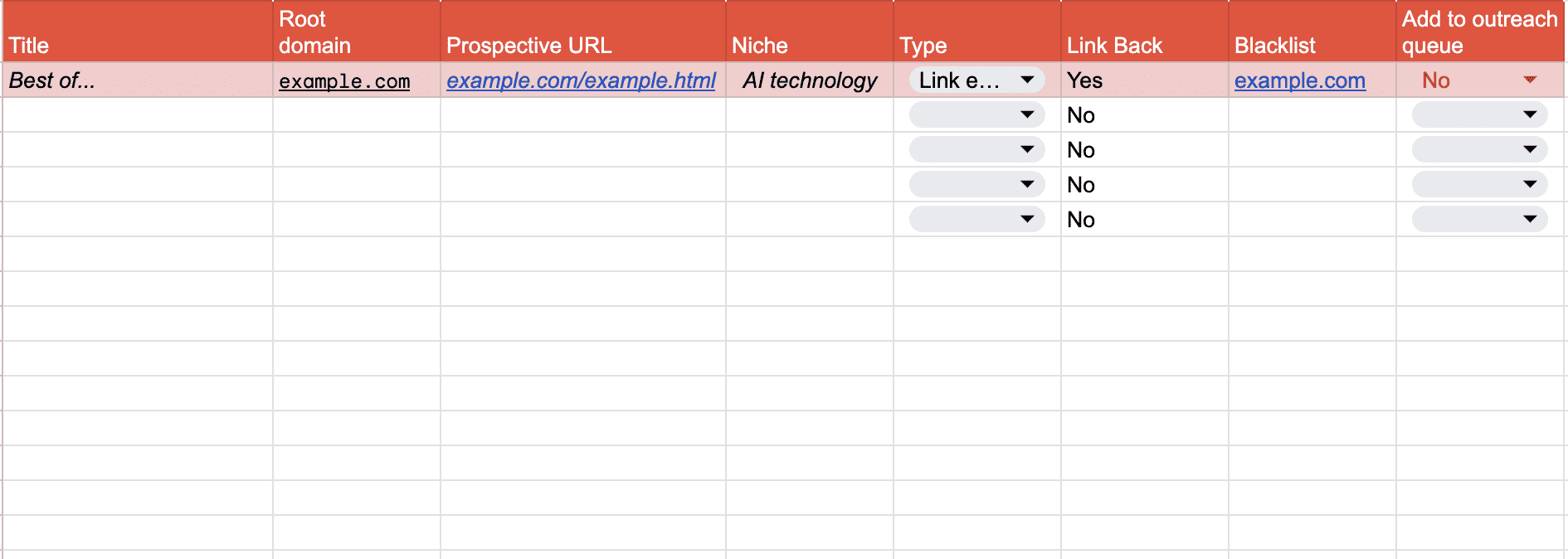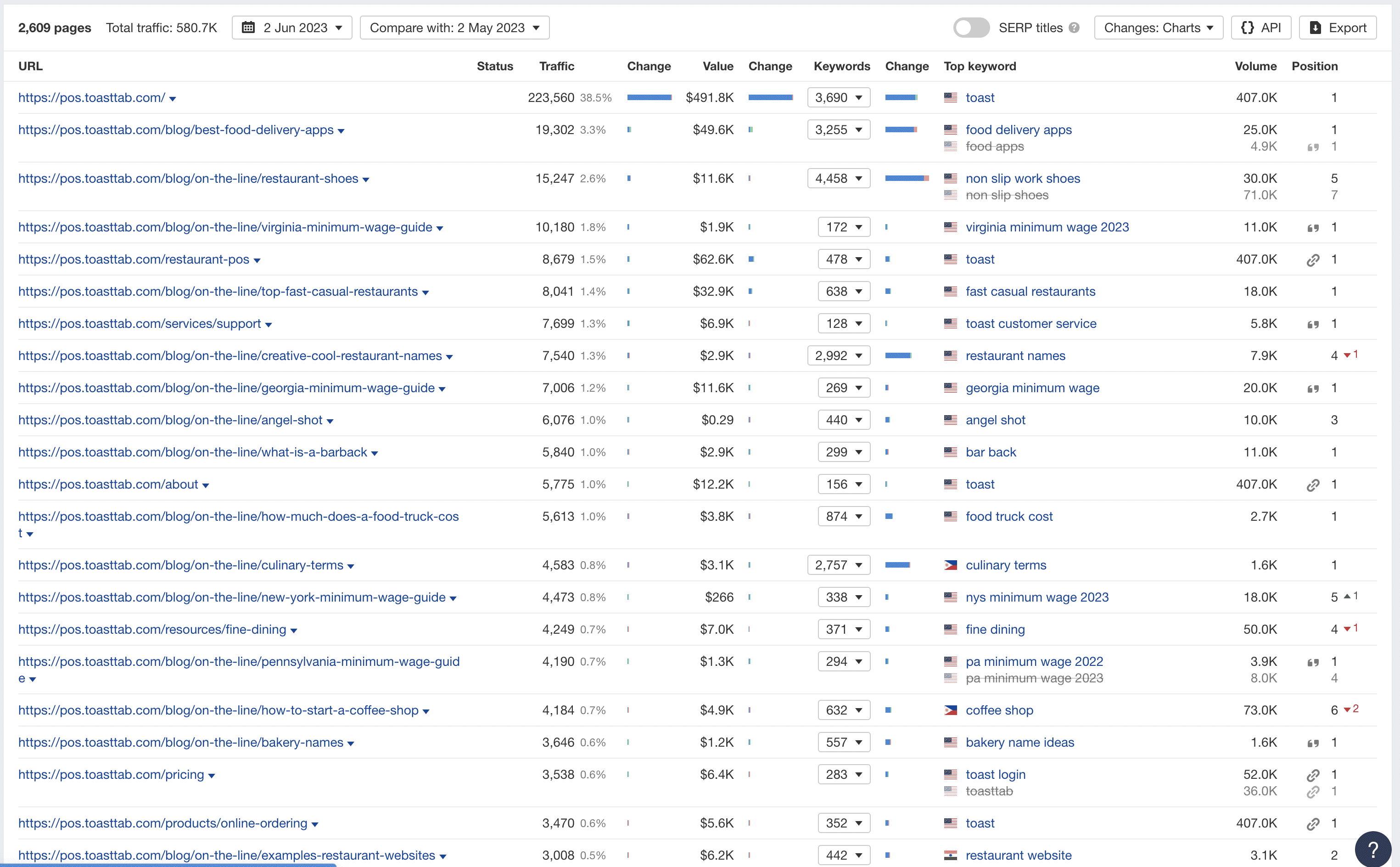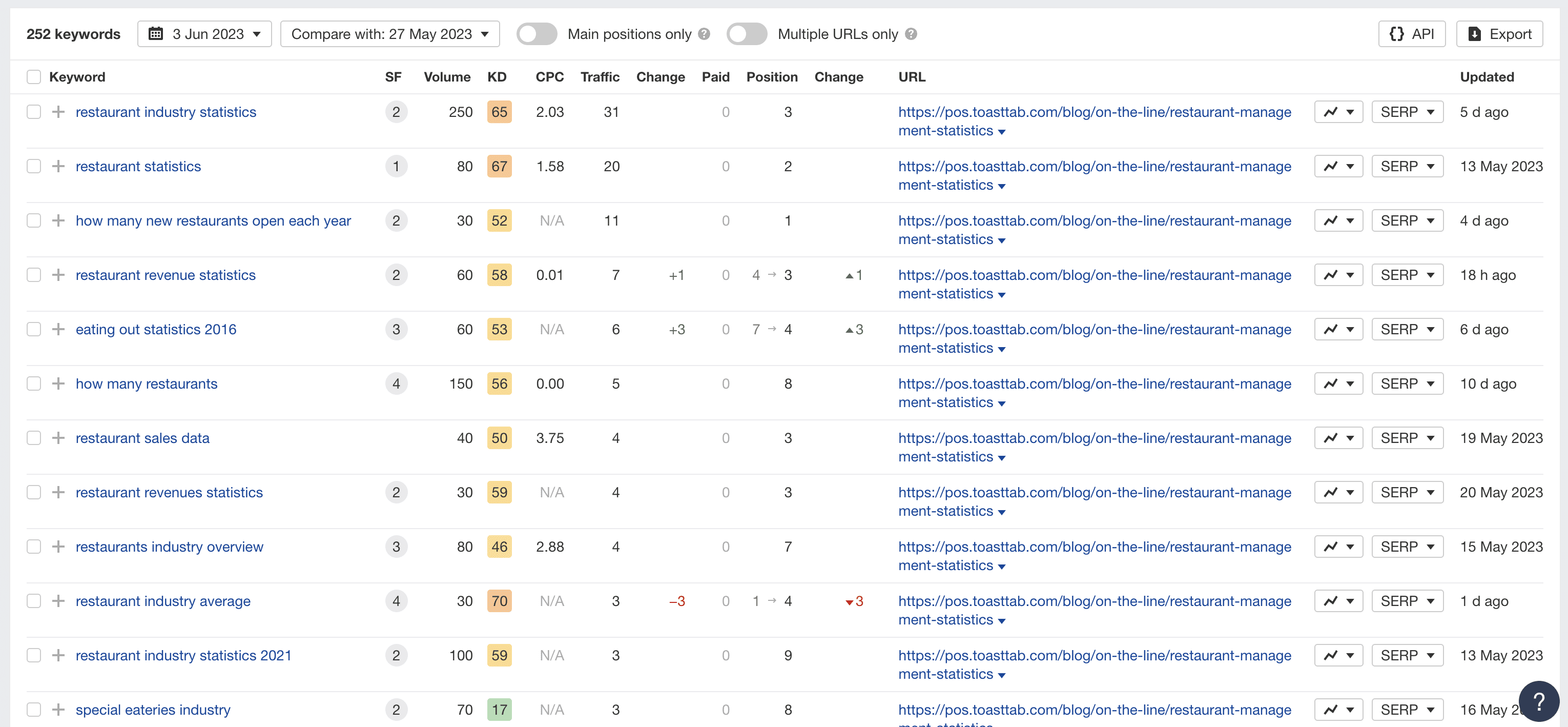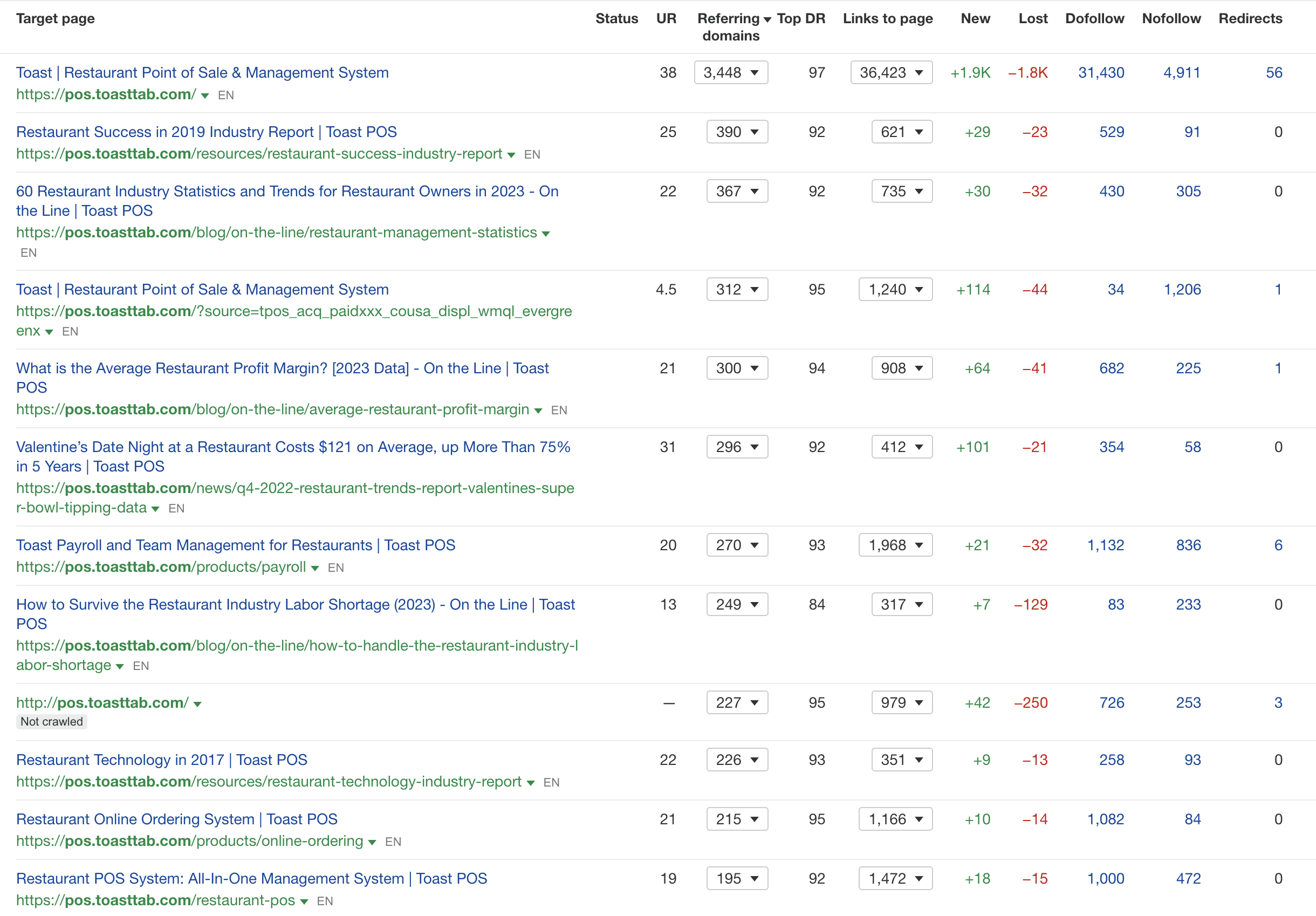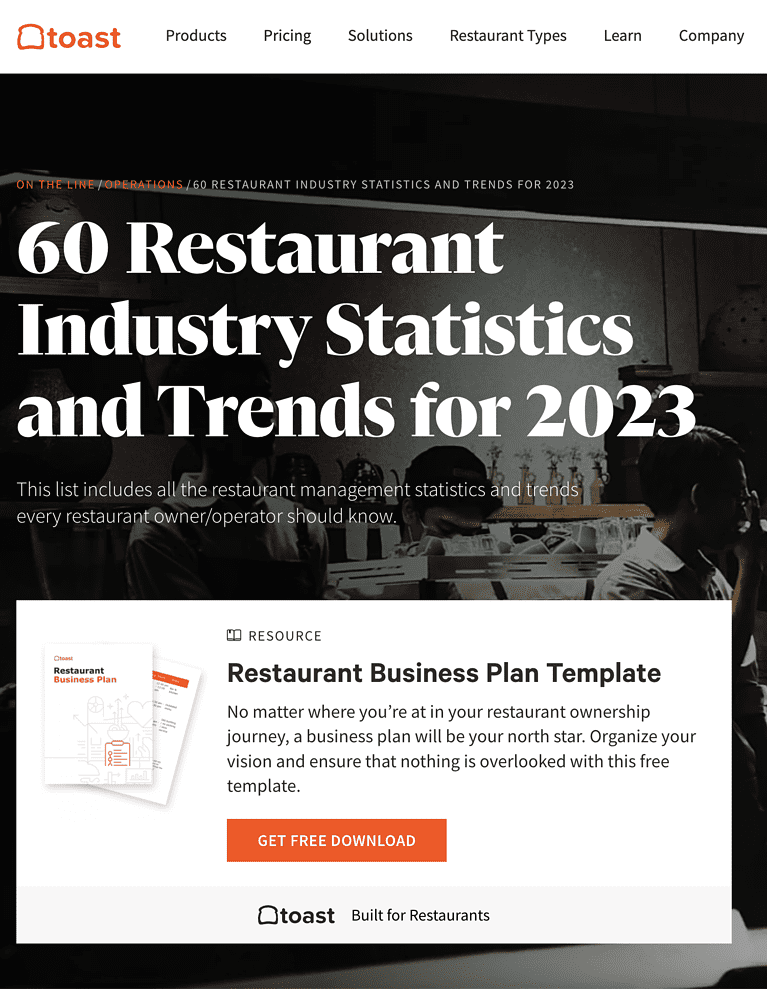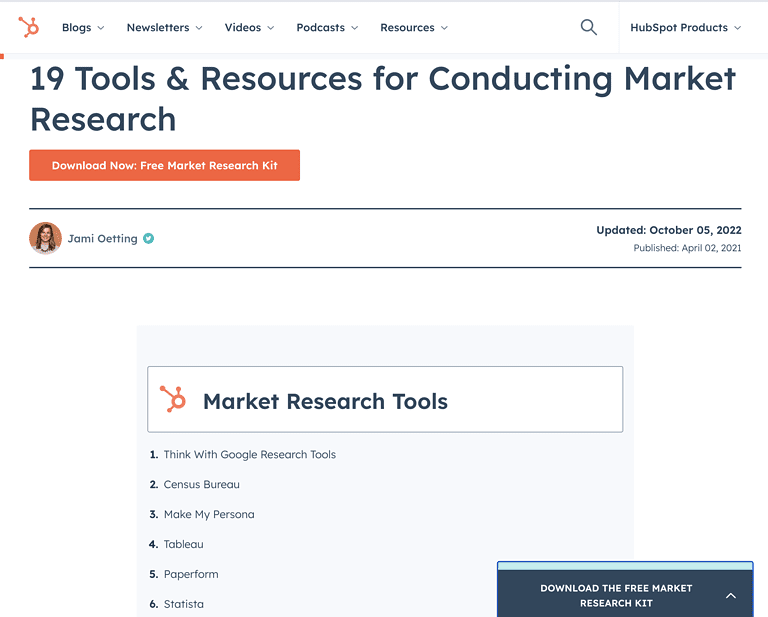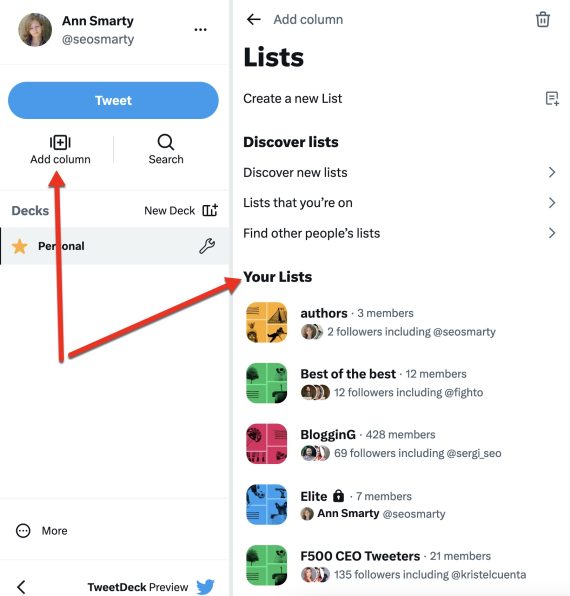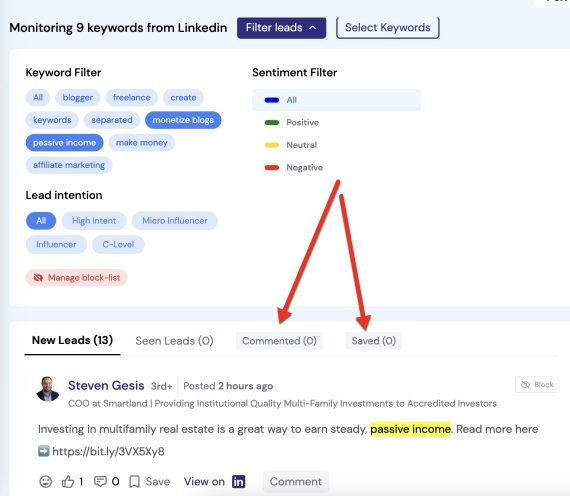3 Books Essential To Master Link Building via @sejournal, @_kevinrowe
A link builder needs to look outside of the industry for inspiration to design a link building strategy.
If you want to design a link building initiative that is goal-focused and adheres to the Google Search Essentials guidelines, read these books that have nothing to do with link building.
The ideas in these books have had the most transformational impact on my approach to link building – and learning in general.
The impact was not because they helped me understand how to build links but because of the following:
- “Loved: How to Rethink Marketing for Tech Products” shows that a “great” link builder should be a strategist, ambassador, storyteller, and evangelist.
- “Made to Stick” frames how you communicate ideas and concepts so they resonate with the audience. This book has a model to demonstrate your expertise and experience.
- “Mastery” provides a model to master skills by learning from the “master” and then customizing your approach with influences from other passions (e.g. learning Jiu-Jitsu or writing).
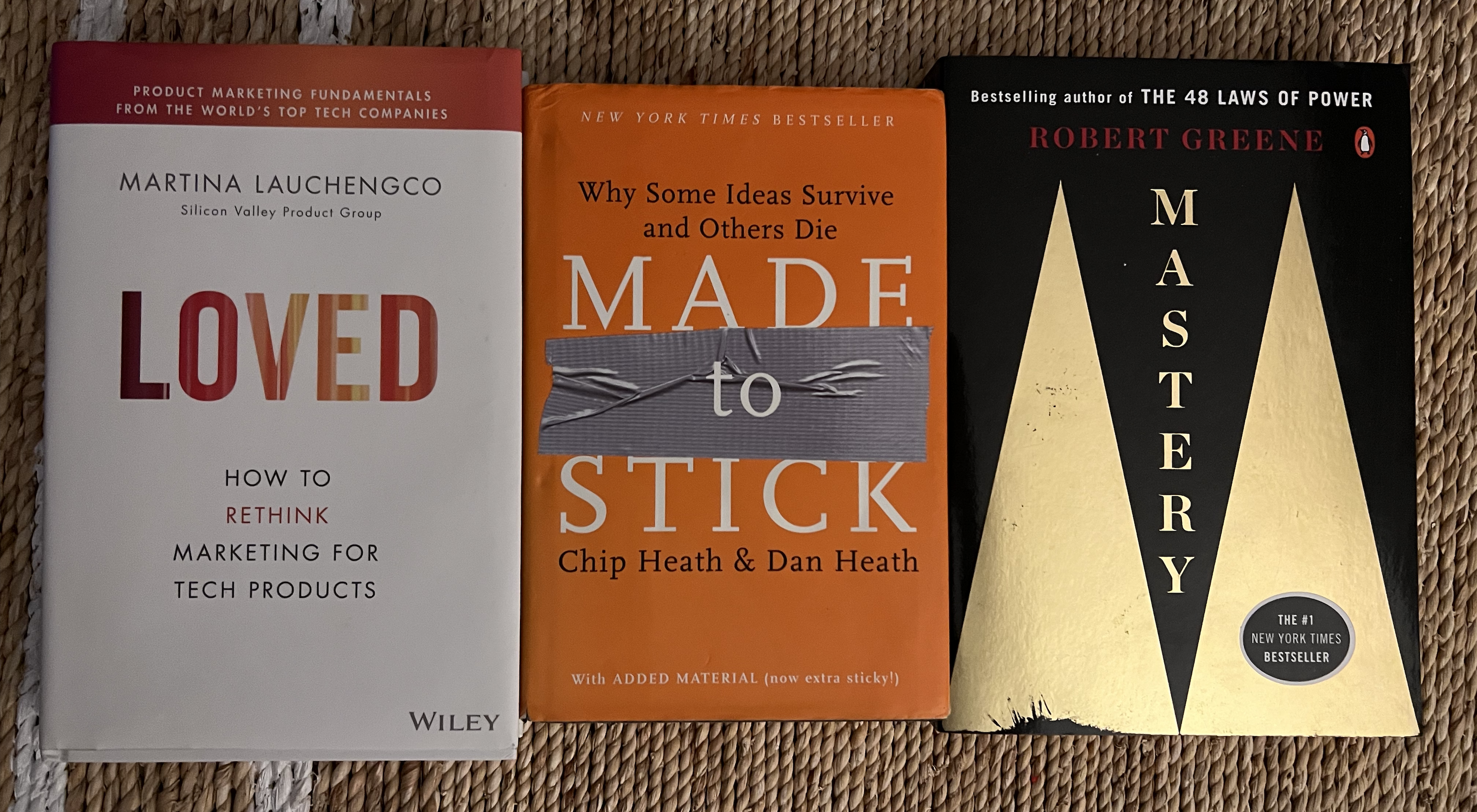



Before getting to the meat of the article, it’s important to understand why you should use the information in these books.
John Mueller says:
“I love some of the things I see from digital PR, it’s a shame it often gets bucketed with the spammy kind of link building. It’s just as critical as tech SEO, probably more so in many cases.”
Why These Books?
Did you know that the best link building strategies aren’t found in SEO guides but in books about communication and mastery?
To become great at something, you must know what “great” looks like.
In the link building space, there are not many clear examples of “great,” that genuinely follow the Google Search Essentials guidelines.
This lack of “what great looks like” is the biggest challenge for many link builders. Thus, these books have examples of what great looks like and a model for becoming great.
Great link building used to look like “how do I build links to improve ranking?” but now it’s “how do I secure links as a consequence of strategic communication for a specific customer archetype?”
Imagine the satisfaction when your content is genuinely appreciated, shared, and linked, not because of a direct ask but because it resonates with the audience.
These books are for professional beginners and advanced in link building. And if you genuinely seek to understand these books, every part of your link building game will evolve into strategic off-page communications.
Think of link building as a bridge. On one side, you have content creators; on the other, you have audiences seeking valuable content.
Your role? Be the architect of that bridge, ensuring it’s sturdy, valuable, and genuine. That bridge is easier to build when you have content and products that are loved.
Loved: How To Rethink Marketing For Tech Products
Product marketing is the new link building!
Historically, a link builder’s role has been to perform outreach or content strategy to obtain links to a site.
For example, a link builder will reach out to a site with listicles of similar products to theirs. The outreach can be a simple request to list the company and link to the homepage. This is a typical link builder tactic.
However, this book provides insights that can change the very essence of link building.
The book “Loved,” by Martina Lauchengco, is rooted in product management, providing insights into marketing great products. Link building is the marketing of great content or guiding the creation of great content based on the market’s needs.
Although the book provides many tools and guidance for product marketing, the four key disciplines provide inspiration to become a great link builder.
Ambassador
An ambassador understands the market and customers inside and out. They must also be able to articulate the product’s value proposition in a way that resonates with customers.
Strategist
A strategic thinker who can develop and execute marketing plans that align with the product’s business goals. They must also be able to track and measure the results of their marketing campaigns to ensure that they are effective.
Storyteller
Must be able to tell a compelling story about their products that will capture the attention of customers and persuade them to buy. They must also be able to adapt their story to different audiences and channels.
Evangelist
Inspire customers to become evangelists for their products. They do this by providing excellent customer service, creating valuable content, and building customer relationships. So, an Evangelist enables the users to tell the brand or product’s story.
Even great content doesn’t always succeed in the marketplace of ideas. One reason is that competitors have superior content marketing. Effective content marketing can make a significant difference in the success of a campaign.
How To Use This Book
Historically, the link builder’s role has focused on a simple request based on outreach, with the goal of obtaining links directly from that outreach. However, this approach can lead one to build links in a way that doesn’t align with the Google Search Essential recommendations.
Thinking about the link building role, based on the disciplines above, can lead you to build skills for digital PR and not just link building.
A link builder should be a link building strategist and an ambassador who uses storytelling to create evangelists for the content or experts.
The link builder then becomes an ambassador for the content team to guide content production as a result of the feedback.
This new role sets a link builder as a storyteller. Instead of asking for a link, the outreach can tell a story about how their product or content fits into the prospective site’s narratives.
This new description of a link builder’s role should guide your strategy and tactics, from building a link to distributing a message that results in links as a consequence.
Your role is to develop communications about the company or its content that are sticky.
Made To Stick: Why Some Ideas Thrive And Others Die
This book by Chip Heath and Dan Heath is one of the first books I bought for myself after college and has changed how I handle all communication planning.
This concept of making things “sticky” improved everything from short emails to long-form articles.
“Made to Stick” explains why some ideas are memorable with a lasting impact while others are forgotten. By understanding and applying these principles, anyone can craft more effective and memorable messages.
For an idea to stick, it must have SUCCESs:
- Simple: Distill the message to its core essence.
- Unexpected: Capture attention by surprising the audience.
- Concrete: Make sure the idea can be easily grasped and remembered.
- Credible: Give the idea authority and believability.
- Emotional: Connect with people on an emotional level.
- Stories: Use narratives to make the message more relatable and compelling.
How To Use This Book
Realistically, the idea of SUCCESs should vibrate throughout every method of communication. However, I’ve found a few areas in communications for link building where this framework can change your entire approach.
Link building strategy is the process of planning the direction and steps of your approach to link building. One way the book can change your strategy is to widen your link building tool kit (i.e., techniques that can be used).
A successful campaign uses emotion to tell a simple, unexpected story supported by credible and concrete evidence.
For example, a standard guest posting strategy involves outreach to sites for guest post opportunities, which results in a link from your article back to your site. However, this strategy alone goes against the Search Essentials guidelines.
Instead of using the guest posts to generate an individual link, use the article contribution to share a message or content that is shared because it has “unexpected” insights that are currently relevant.
Email outreach for link building, by many, is defined as a process to email a content creator or webmaster (who owns the site) to “secure a link.”
This definition sets the link as the goal. But a SUCCESs approach to outreach focuses on sharing a message that people can easily understand, recognize and share. The goal isn’t’ the direct link but all the links and conversations around your sticky idea.
Linkable asset planning and design is the process of creating a sharable piece of content that can generate links on the merits of the content being shared with the right audience. A piece of content will be more linkable if it has all of the elements of SUCCESs.
With an example of “great” from “Loved” and a way to be great with “Made to Stick”, now you have to figure out how to master this new model.
Mastery
The book “Mastery,” by serial author Robert Greene, suggests that mastery is a process to find our potential.
Greene explains that the first step in the process is to discover a calling; a passion for that calling is critical to truly mastering a skill.
This couldn’t be more true.
When I started link building, I simply emailed sites and asked for a link through resource pages, broken links, or guest posting.
However, I found my passion was for crafting stories and messages that resonate with the audience. My passion came because of my background in integrated marketing communications and design.
I looked into my background to find a passion, naturally leading to advanced digital PR.
As you’ll see in the mastery process below, discovering your calling is a foundation for achieving mastery.
Here’s a simplified overview of Greene’s process:
- Discover your calling: People have a unique inner force or inclination towards certain activities or subjects.
- Find mentors: A good mentor can provide guidance, feedback, and ways to avoid pitfalls.
- Apprenticeship: Skill acquisition through deep observation and experimentation.
- Social intelligence: Learn to navigate the culture. As anyone learning a new skill will see, the experts tend to have unique cultural norms and idioms that can sometimes be difficult to accept.
- Creative-active phase: After the apprenticeship, one enters a phase where they start producing original work from a deep foundation.
- Achieve mastery: True mastery is the synthesis of knowledge, skills, and intuition. It’s when one’s work becomes an art.
How To Use This Book
Master link building by finding your passion, a mentor, and then making it your own. Greene’s process for this is a simple way to learn from experts by integrating into their culture and then creating something that’s your own.
However, I have personally found that finding the right mentor, developing social intelligence, and creating a unique strategy are the most difficult parts of mastering link building.
These recommendations are from my personal experience of finding a path to mastery.
Identifying The Master
Understand Google’s Search Essentials as the foundation for what link building techniques to avoid and generate links on the merit of the content.
Find link builders, SEO professionals, PR experts, and Google Search Advocates that get links as a consequence and not as the goal.
With the masters identified, you must now learn to fit in with the culture.
Social Intelligence
Traditional link builders tend to clash with Google Search Advocates or SEO professionals who follow their guidance. But, any link builder should have empathy for these SEO and search advocates.
By truly listening, you will quickly discover that certain content marketing, digital PR, and influencer marketing techniques can be valid.
Additionally, by learning from traditional link builders, you’ll find a culture of growth hackers. Link builders are wildly efficient at building simple processes to get placements.
After finding a master and then learning to operate inside that community to learn the necessary skills, it’s time to get creative.
Creative-active Phase
Using everything learned from master link builders, PR, SEO, and search advocate professionals, test unique approaches to build links that fit your passions.
“Discover your calling” is an important step in designing creative strategies, which coagulates in this creative-active phase.
I discovered one of my callings (I have many) when studying Integrated Marketing Communications at the Roy H. Park School of Communications & Journalism. However, I didn’t even realize it until years later.
At the Park School, I was exposed to journalism, graphic design, communication strategy, advertising campaign development, media planning, and even financial management.
Later in life, I was exposed to product management, which further fueled my passion for product planning and marketing.
This background always tainted my approach to building links. I found that content marketing, design, and digital PR techniques changed how I approach link building.
Becoming Rounded
The evolution of link building requires a shift in perspective.
While traditional tactics may have their place, the true essence of effective link building lies in understanding the broader landscape of digital communication and marketing.
By drawing inspiration from outside the realm of SEO, one can craft strategies that both align with Google’s guidelines and resonate deeply with audiences.
Books like “Loved,” “Made to Stick,” and “Mastery” provide invaluable insights that can redefine the way we approach link building. They emphasize the importance of storytelling, emotional connection, and continuous learning.
As the digital landscape continues to evolve, it’s crucial for link builders to adapt, innovate, and strive for mastery in their craft.
Only then can they truly harness the power of links as genuine endorsements rather than mere SEO tactics.
More resources:
Featured Image: Ollyy/Shutterstock





